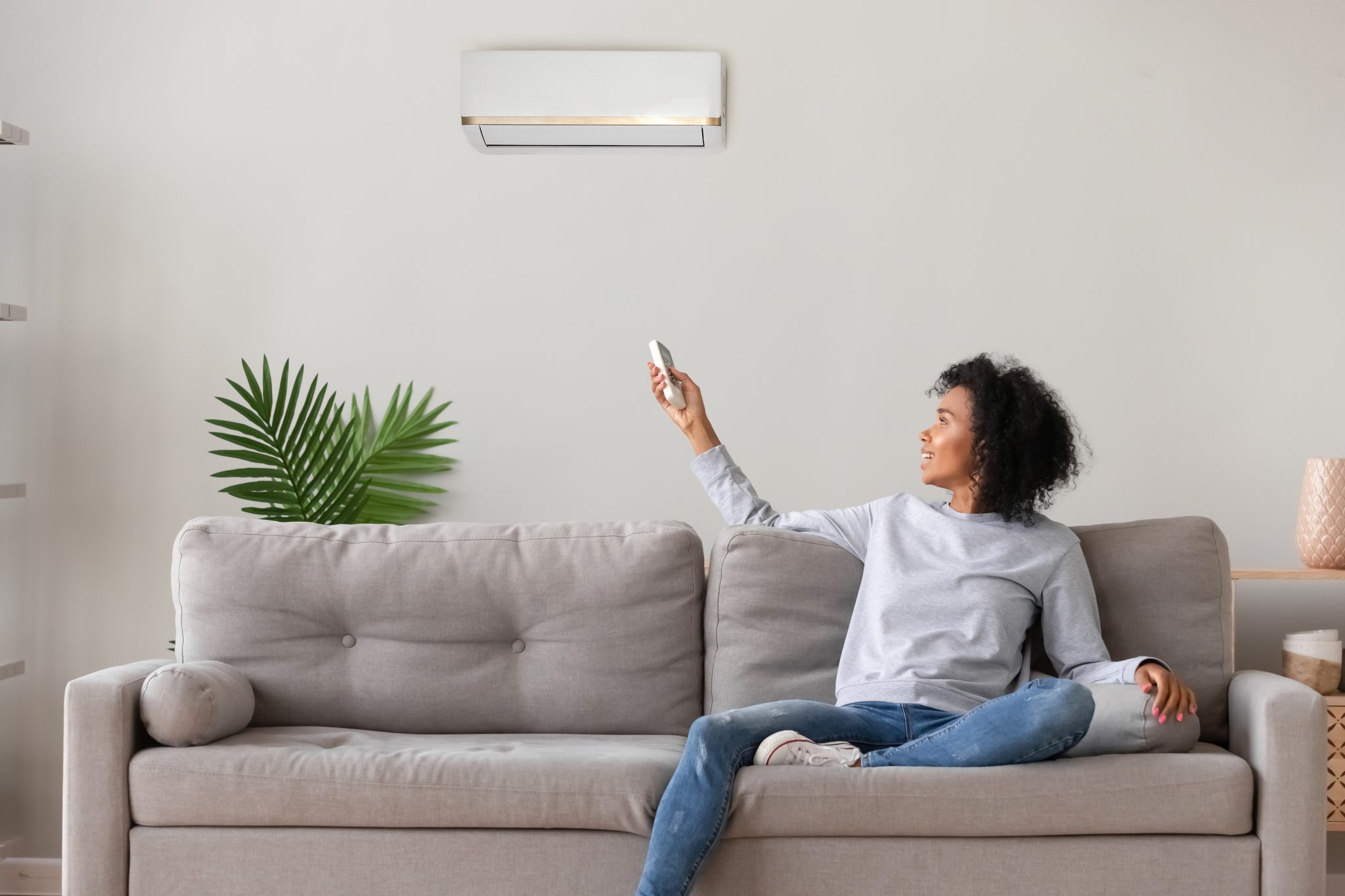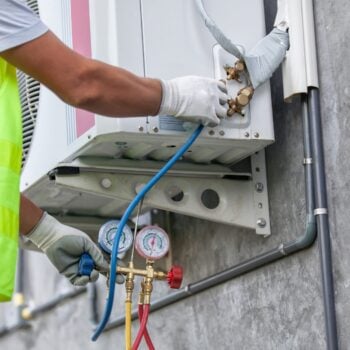- On September 6, 2019
Air conditioning zoning is an HVAC feature
that gives you the power to adjust the temperature in your house by area. Each separate “zone” has its own thermostat, allowing you complete control of the temperature in your household. It helps cool off areas that might otherwise get neglected by the house-wide A/C and saves energy. Read on for more information on how zoning works, the benefits, and the alternatives.
How Does HVAC Zoning Work?
HVAC zoning requires multiple thermostats in the house to control different areas. Homes can be zoned by room or by floor. New A/C systems in Phoenix and elsewhere are more likely to include zoning, but older systems can easily be turned into zoned systems.
Each thermostat is either wired or connects electronically to a control panel. The thermostats track the temperature in each area and send a signal to turn on heating or cooling capabilities to reach the desired temperature when the air is cooler or hotter than the thermostat setting. Dampers set up in your ductwork help direct the air, sending it to certain areas and blocking it from others. That signal opens up the dampers, letting air flow freely into a room to maintain a constant temperature.
Advantages to A/C Zoning
Phoenix A/C service is vital, especially in the summer. Around the time of the year, temperatures start to rise, you want to be sure that all occupied rooms are getting kept sufficiently cool. With zoning, you can keep occupied rooms cool without wasting energy on empty areas.
In many homes, certain areas tend to run hot. Rooms that face the sun all day or have large windows might end up several degrees hotter than the rest of the house. Zoning can help you deal with this problem without leaving other rooms too cold for comfort. You can include the affected rooms into one zone, so they get more cool air than other rooms that don’t need as much cooling.
Another benefit is that air doesn’t travel as far around your home, which actually improves the overall air quality. With traditional air conditioning, air circulates throughout the house. The downside to that kind of circulation is that it is easier for dust, pollen, and other allergens to travel throughout the house. Zoning helps keep those airborne particles mostly in the same area, making them easier to clean or filter out.

Alternatives to Zoning
Zoning is one of the most effective ways to deal with a home that heats up unevenly, leaving some rooms cold and others hot. If zoning doesn’t appeal to you, there are alternative options that include:
- Mini-split air conditioners
- Portable air conditioners
- Window unit air conditioners
Mini-split air conditioners are compact A/C systems that can be routed to multiple rooms. Some have as many as five zones available. These are smaller than traditional A/C systems but are not portable.
Portable air conditioners have the advantage of easy installation. They include a window kit that sits inside the window. The kit does not extend out from the window, which is helpful if your home has regulations against window units. Portable A/C can also be moved easily from room to room, so you can transport it as needed. They tend to use a higher amount of energy than other cooling options.
Window unit air conditioners are stored outside the window. Their cooling power is rated by BTU
, with higher numbers indicating more cooling power. If you are installing one in a large room, look for a higher BTU number.
Home zoning can help you save on your energy bills, cool off rooms that run hot, and improve air quality. Contact Howard Air & Plumbing for Phoenix A/C service, installation, and repair from expert technicians. We offer 24-hour emergency service to meet urgent air conditioning needs.

















0 Comments